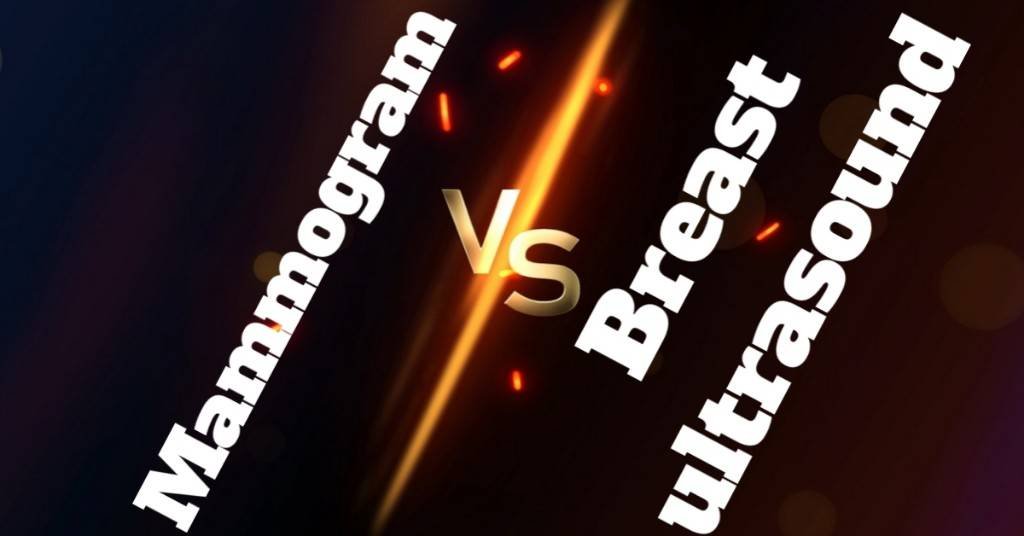
Table of Contents
Mammography and ultrasonography are among the most important medical imaging procedures conducted across the globe in the detection and monitoring of changes or disease processes in the body.
We’ll take a look at mammogram vs. breast ultrasound when it comes to screening and diagnosis of changes within the breast tissues and which is preferable.
Mammogram and Ultrasound Imaging.
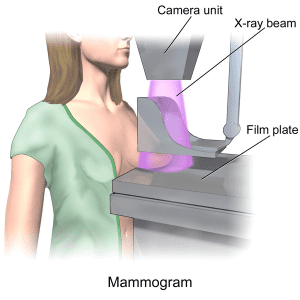
Image credit: Wikimedia Commons, Blausen
A Mammogram, as described by the Centers for Disease Control and Prevention (CDC), is an image of the breast obtained by the use of low-dose X-rays. It used to be produced in films but advancements in medical imaging technology have enabled a computerized view of these images in digital forms.
It has greatly reduced breast cancer mortality globally by helping in the early detection of abnormalities in the breast tissues. For this reason and so much more, it has become the mainstay and first-order approach in breast screening efforts.
Ultrasound, on the other hand, uses very high-frequency sound waves transmitted into the body to create images of the breast tissues.1 This is made possible by a small handheld device called a transducer.
Mammogram and Ultrasound Imaging procedures.
There are notable similarities and differences in how ultrasonography and mammography are conducted in breast examinations. The similarities are presented in a bulleted list whereas the differences are presented in a tabular format for easy comparison.
Similarities between a mammogram and breast ultrasound.
In both:
• You may discuss your concerns with the technologist.
• You need to avoid the use of perfumes and deodorants as they may interfere with the images.
• You’ll need to undress from the waist up.
• A device has to be placed on the breast.
Differences between mammograms and breast Ultrasound.
| Mammogram | Breast Ultrasound |
|---|---|
| You usually have to stand during imaging. | You will have to lie down. |
| There is breast compression between plates. | No compression. |
| May be painful during compression. | Usually painless. |
| Involves no medium for penetration of radiation. | Involves a gel medium for the transmission of ultrasonic waves into the body. |
| May result in injury to a breast but quite rarely. | No injuries are expected. |
If you have pain during an ultrasound scan it’s usually due to the presence of painful benign abnormalities.
Mammogram vs. Breast Ultrasound.
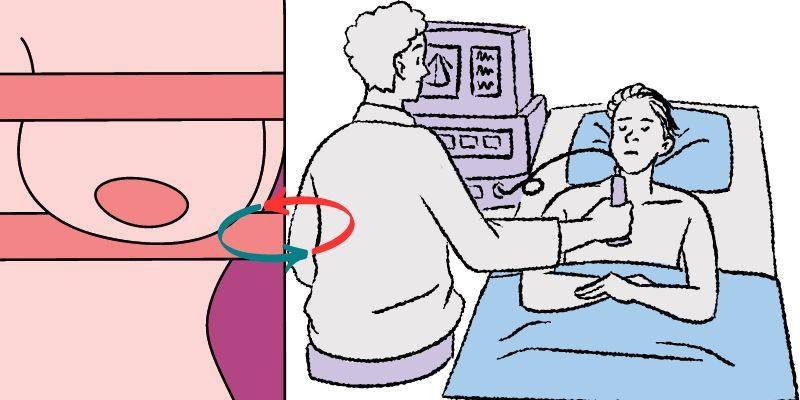
It is often asked which is better, mammograms or breast ultrasounds. Some women wonder why they would be asked to have the two tests done at certain times but only mammograms at other times.
The majority of times, it is also wondered which is better than the other. Well, here is a list of 18 points of consideration in mammogram vs. breast ultrasound.
1. Screening: Mammogram remains the number one choice in screening and early detection of breast cancer. Ultrasonography doesn’t do as well in catching tumors early in comparison to mammography in women above 50 which is the age above which most breast cancers are detected.
2. Mechanism: Whereas mammogram employs electromagnetic radiation in creating images of breast tissues, Ultrasound uses high-frequency sound waves which are usually considered safer, especially where there are concerns of radiation.
3. Diagnosis: Mammogram serves both screening and diagnostic purposes but ultrasound is called upon majorly for diagnoses.
4. Imaging dense breasts: This is where ultrasound is king. It gives much clearer and more reliable images when used on dense breasts as has also been acknowledged in the Book of European Radiology.2
5. Color contrast: Ultrasound shows dense fibroglandular tissues as light in color while cancer cells are comparatively darker. This color contrast is seen to be very useful in distinguishing the two findings.
On the other hand, the mammogram shows both to be light, making it less accurate when used on dense breasts. This applies mostly to younger women.
6. Age of patient: Mammograms become more accurate with the increasing age profile of patients and it’s in older women most cancerous cells are found. Ultrasound sees a decline in accuracy with the increasing age of patients.
7. Microcalcifications: Unless it has grown to certain sizes, ultrasound could more easily miss microcalcifications whereas mammography does a better job in their detection.
Sadly, these tiny calcifications are at times the only sign of cancerous growth so when they are missed advantages of early detection could be lost.
8. Breast size: The accuracy of breast ultrasound is affected by breast size. The larger the breasts the less reliable ultrasound is but this doesn’t happen with mammography.
9. Depth: Ultrasound struggles with showing deeper structures within the breast but mammograms do give better images irrespective of the depth of a tumor.
10. Radiation Concerns: Though it is quite safe, mammogram screening still raises radiation worries for some women and even among healthcare providers, especially during pregnancy. Ultrasound is seen as the good guy in this.
11. Pain: Whereas mammograms are notorious for inflicting pain in some women, especially during the process of compression, ultrasound remains very much a painless procedure.
12. Operator-dependent accuracy: The accuracy of ultrasound has been found to depend on the skill and experience of the operator moving the transducer but this doesn’t apply to mammograms. This was noted in a journal published in SageJournals by Acta Radiologica.3
13. Cost: Ultrasound is more pocket-friendly as mammogram usually costs more.
14. False positives: Ultrasound might be cheaper but perhaps this is where it loses that price advantage due to the cumulative costs of unnecessary biopsies and a couple of other tests because of false positives.
Mammogram gives much fewer false positives in comparison.
False positives and overdiagnoses are said to gulp about 4 Billion dollars annually. as published in a research article on Health affairs.4
15. Obesity: Mammogram is more accurate and reliable in obese patients than ultrasound. If you are wondering why it’ll help if you think about the breast size.
16. Symptoms: Early stages of cancer may not come with symptoms and finding it early is key to a favorable prognosis (expected treatment outcome). Mammograms are your best bet here compared to ultrasounds.
17. Superficial lumps: Mammography could miss more superficial abnormalities or growths located closer to the skin whereas ultrasound is much more reliable in detecting them.
18. Risk of injury: Ultrasound is not known to hurt anyone but mammography has been linked to very rare cases of bruising. It wasn’t designed to hurt anyone but the handling of the process by the technician could play a role in this.
19. Deep lumps: Mammography is good at detecting deep-seated lumps in the breasts, unlike ultrasound. This phenomenon is in line with the fact ultrasound is much less accurate in women with large breasts.
20. Last but not least, mammograms could capture the whole breast at once but ultrasound can’t just figure out how. This makes ultrasonography subject to more errors than mammograms as a result.
The ultrasound used for Breast screening.
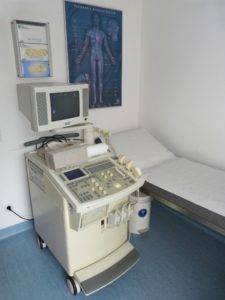
It is generally known ultrasound is used for diagnostic purposes in the following instances:
- There is a physical feeling of a mass not detectable in mammograms. as published in the Breast Journal.5
- Further analysis of abnormalities found in mammograms
- When there are symptoms or complaints needing investigation.
Ordinarily, no physician will recommend Ultrasound in place of mammograms. However, there are situations where ultrasonography is used in the screening for breast cancer. - When a mammogram machine isn’t available or is broken down like in third-world countries.
- In young ladies with extremely dense breasts but who are showing symptoms. However, this is rare.
- In pregnant women who are concerned about radiation exposure. The American Cancer Society has noted Mammography isn’t contraindicated in pregnancy though.
Breast Ultrasound has been shown to have a sensitivity of 92.5% as published in the National Library of Medicine in detecting breast cancer but a lot of insurance plans don’t cover it.6 Out-of-pocket cost is up to $250.
Mammogram and Ultrasound combination.
According to research published in the National Library of Medicine (NLM), Mammogram has a false negative (Missing out on cancerous tumors) of about 15% in people with breast tumors that can be felt.7 However, combining it with ultrasound reduces this figure significantly.
A study has shown that adding breast ultrasound as a supplemental test in high-risk women can detect more than 7 additional breast cancers than relying only on mammography.8 On the downside, it could result in more false positives.
This is in addition to the unarguably very important role ultrasound plays in the detection of cancer in women with dense breast tissues.
Ultrasound vs. Mammogram age.
Age and breast density are inversely proportional. That is, with increasing age comes decreasing breast density. For this reason, a mammogram is more accurate in older women with fattier breasts, while ultrasound holds sway in younger women with denser breasts.
Usually, your doctor will recommend a breast ultrasound if you are below 30 years old. Depending on your unique situation, your personal recommended age for a mammogram could be below 30 if you are considered to be at high risk. Combining the duo of mammograms and breast ultrasounds could be much better for you.
Research published in the Journal of the Association of Basic Medical Sciences and featured in the National Institute of Health has shown that breast ultrasound is significantly more accurate than a mammogram in women under 45.9
The older one gets, the fattier the breasts. So, a mammogram becomes increasingly more accurate than a breast ultrasound as you age.
Conclusion.
Though mammograms and breast ultrasound both have their unique strengths and weaknesses as medical imaging tools, ultrasound can’t replace mammograms in breast screening.
Where a mammogram machine exists, ultrasound can only serve as a supplemental test with few exceptions.
A mammogram is best for early detection of cancer which is the main reason for the regular screening that has resulted in a significant drop in breast cancer mortality.10
However, combining the two modalities in certain cases can be very beneficial in reducing the incidence of false negatives. This invariable could yield higher false positives.
Being informed is great but a conversation with your doctor will help you decide what is best for you as regards breast screening and diagnosis rather than making a unilateral decision.
It is my hope this article on mammogram vs. breast ultrasound has given you some insight into how the two stack up against each other and why you need to consult your physician for expert guidance.
See you at the next one and please do keep in touch by subscribing to my email list with the form below.
References.
- Medical ultrasound. (2024, January 29). In Wikipedia. https://en.wikipedia.org/wiki/Medical_ultrasound ↩︎
- Kelly, K.M., Dean, J., Comulada, W.S. et al. Breast cancer detection using automated whole breast ultrasound and mammography in radiographically dense breasts. Eur Radiol 20, 734–742 (2010). https://doi.org/10.1007/s00330-009-1588-y ↩︎
- Chang, J. M., Moon, W. K., Cho, N., Park, J. S., & Kim, S. J. (2011). Breast cancers initially detected by hand-held ultrasound: Detection performance of radiologists using automated breast ultrasound data. Acta Radiologica. https://doi.org/10.1258/ar.2010.100179 ↩︎
- Mei-Sing Ong and Kenneth D. Mandl. (2015). National Expenditure For False-Positive Mammograms And Breast Cancer Overdiagnoses Estimated At $4 Billion A Year. Health Affairs. vol. 34, No. 4 :
https://doi.org/10.1377/hlthaff.2014.1087 ↩︎ - Durfee, S. M., Selland, L. G., Smith, D. N., Lester, S. C., Kaelin, C. M., & Meyer, J. E. (2000). Sonographic Evaluation of Clinically Palpable Breast Cancers Invisible on Mammography. The Breast Journal, 6(4), 247-251. https://doi.org/10.1046/j.1524-4741.2000.99111.x ↩︎
- Gonzaga, M. A. (2010). How accurate is ultrasound in evaluating palpable breast masses? The Pan African Medical Journal, 7. https://www.ncbi.nlm.nih.gov/pmc/articles/PMC3172638/ ↩︎
- Chan CH, Coopey SB, Freer PE, Hughes KS. False-negative rate of combined mammography and ultrasound for women with palpable breast masses. Breast Cancer Res Treat. 2015 Oct;153(3):699-702. doi: 10.1007/s10549-015-3557-2. Epub 2015 Sep 4. PMID: 26341750. ↩︎
- Berg WA, Blume JD, Cormack JB, et al. Combined Screening With Ultrasound and Mammography vs Mammography Alone in Women at Elevated Risk of Breast Cancer. JAMA. 2008;299(18):2151–2163. doi:10.1001/jama.299.18.2151 ↩︎
- Devolli-Disha, E., Manxhuka-Kërliu, S., Ymeri, H., & Kutllovci, A. (2009). COMPARATIVE ACCURACY OF MAMMOGRAPHY AND ULTRASOUND IN WOMEN WITH BREAST SYMPTOMS ACCORDING TO AGE AND BREAST DENSITY. Bosnian Journal of Basic Medical Sciences, 9(2), 131-136. https://doi.org/10.17305/bjbms.2009.2832 ↩︎
- Anderson, W.F., Jatoi, I. & Devesa, S.S. Assessing the impact of screening mammography: breast cancer incidence and mortality rates in Connecticut (1943–2002) . Breast Cancer Res Treat 99, 333–340 (2006). https://doi.org/10.1007/s10549-006-9214-z ↩︎





































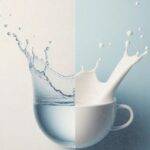

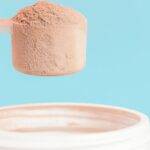





























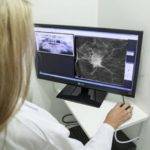





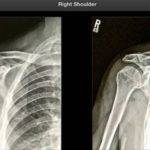



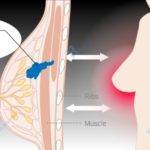
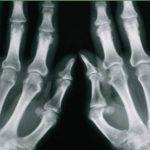
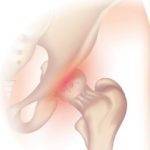






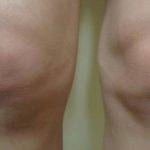

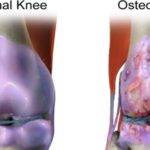
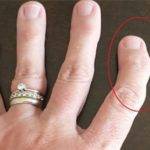














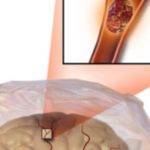


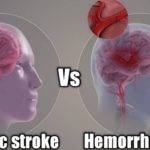















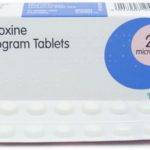












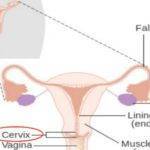


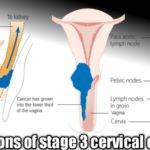
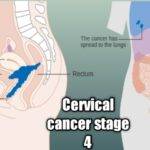
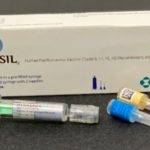


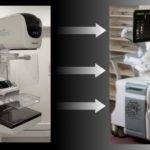




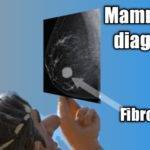

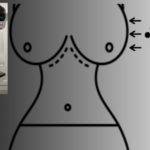
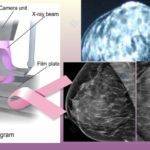
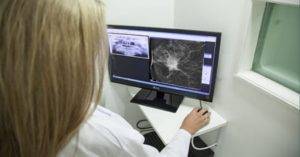

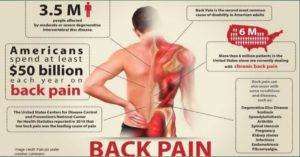

I’ll right away grasp your rss as I can’t to find your email subscription hyperlink or newsletter service. Do you have any? Kindly allow me so subscribe. Thanks.